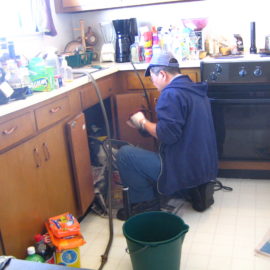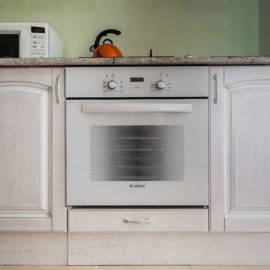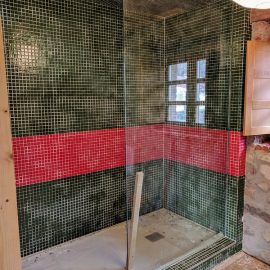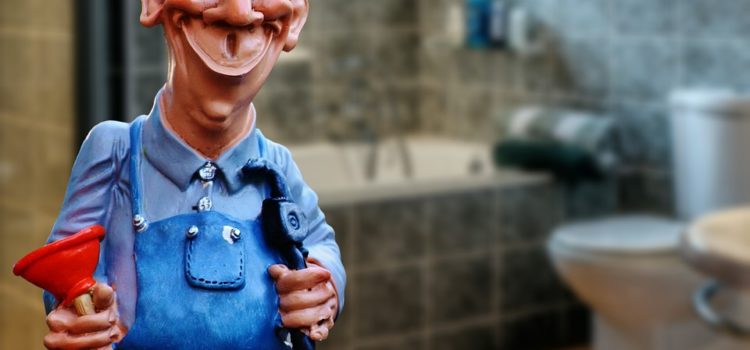

A leakage or a failure in any portion of your house’s plumbing can lead to major damage to your property and might even cause loss of furnishings. Piping damages always happen due to their aging, lack of maintenance, fluctuations in the weather’s temperature, low-quality installations or faulty components. Considering the fact that the majority of the plumbing is found under the concrete or behind the walls of your house, it is quite difficult to know if there is some leakage going on or not.
The way to know about your plumbing’s life expectancy is to ask about it while buying and installing them. If you are not sure, you can ask a professional plumber to help you out. Any small indication can you know if it is time to change your home’s plumbing or not. Trust me it is going to help you in the future.
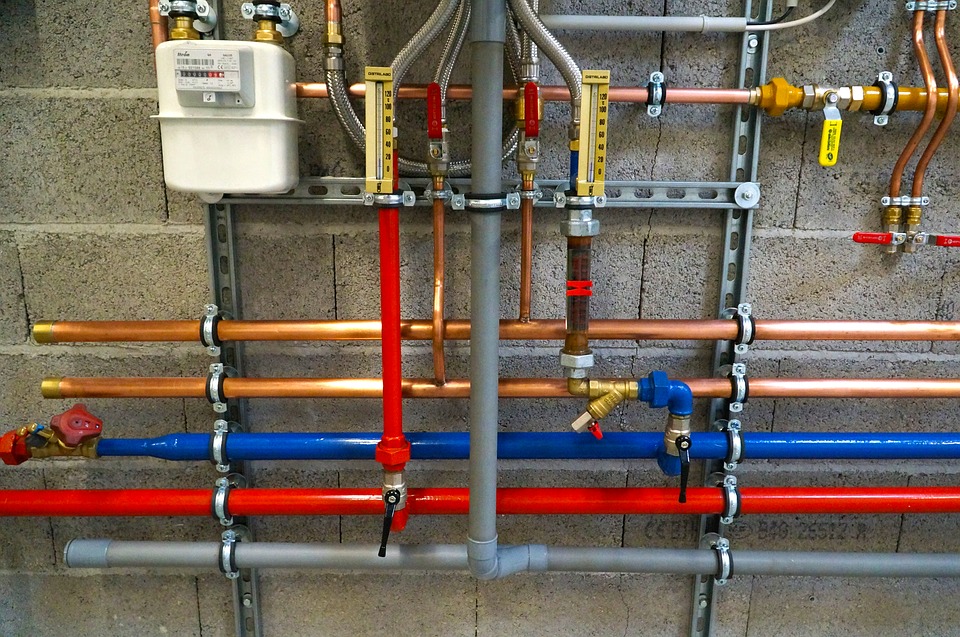
Why are pipe materials important?
In order to find out about what type of piping material was installed in your house, you need to assess all the plumbing around. It is important to note that all different materials have a different life expectancy and might cause different kinds of problems. While purchasing a house, it is important that you ask about your plumbing. It would be better if you get an appraisal or inspection report on what type of piping material was used in your home.
For example, historic homes used clay as a source of plumbing which has a very short life expectancy than modern materials. Below is a list of pipe material and their expected lifespan :
• Brass: 40 to 45 years
• Cast Iron: 75 to 100 years
• Copper : 50+ years
• PVC piping can last indefinitely
• Galvanized Steel: 20 to 50 years Don’t get impressed only by the lifespan of these materials as you need to check your pipe joints, fittings and mechanical components that connect your plumbing to household fixtures. Aged or faulty fixtures can lead to water leakage or backups. One of the best ways to know if there is any leakage in your pipelines is to check your water bills every month if the price is increasing at an unbelievable rate, it means that there is some leakage somewhere.
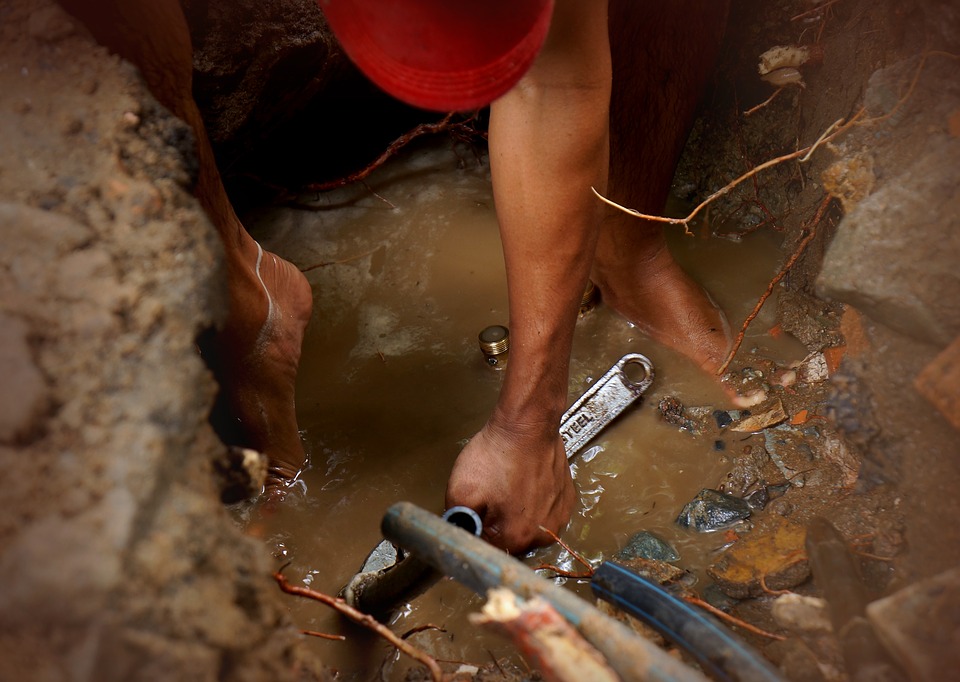
Signs that your plumbing is failing
One of the most obvious signs that your home has a plumbing problem will be obvious pipe cracks, leaks from your plumbing or corrosion. Other signs which you will need to check our show plumbing issues such as the area behind your dishwasher or sinks, wet baseboards, water-stained or warped flooring and water tubing that is rust-colored can indicate that there is a leakage or your pipes are corroding.
If you are experiencing a low water pressure, you might want to get your plumbing checked for fixtures as it indicates that there is a clogged drain or leak downstream from a fixture. If every time that you use water, you hear a gurgling or rattling sound from your piping, this means that a pipe blockage is trapping air. It is good that you inspect crawl or enclosed places for dampness or mold as these are also signs of pipe leaking. You can contact a plumber to get your slow-moving drains cleared with a drain cleaner or plumber’s snake. It is always necessary to be alert about your pipelines in order to avoid future major damages. When in doubt, always contact your plumber.
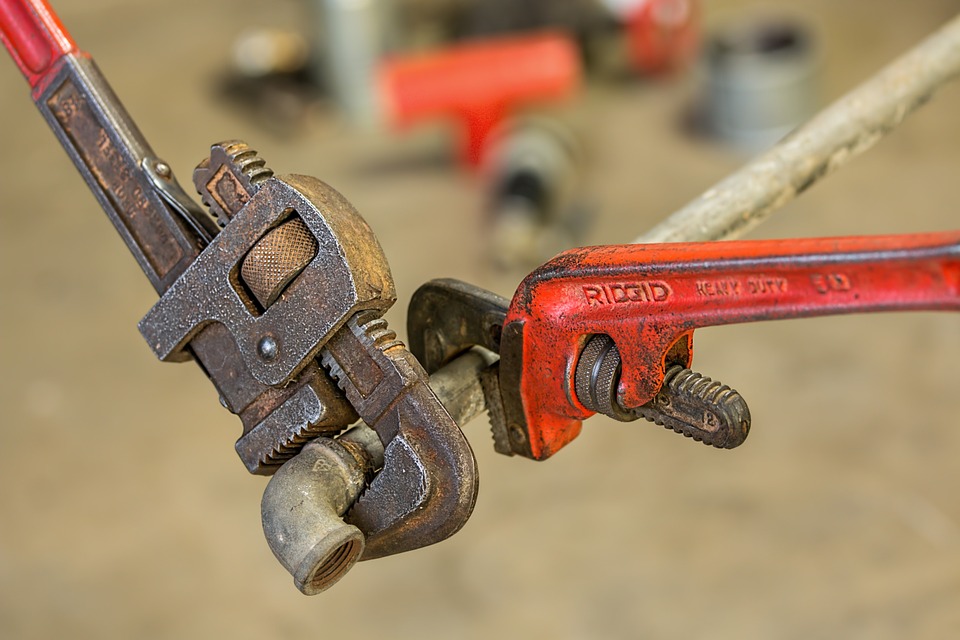
Repair or Replace?
There are some plumbing works around the house which don’t really require the help from a plumber such as replacing faulty fixtures and pipe connectors, repairing faulty exposed pipes or dislodging material in blocked pipes. These are works which you can do on your own. It is always good to be prepared for some wall demolition and floor or wall repairs especially when the problem is concealed underground piping.
One of the best advice is to replace all your plumbing when you are planning to renovate your kitchen, bathroom or basement that way you will not need to demolish and repair everything over and over again. It is better to just do everything when it is already a mess. In one way, you also save your time, energy and cost. If you are not going through a renovation, it would be wise and cost-cutting to just replace the exposed piping if there is no other sign or water leakage.
However, if there is a need to remove the walls, it is smart to just check everything once and for all. Check all the hidden pipes and joints in order to determine whether they need to be fixed or replaced. In case your project leads to some major complications, it is always recommended to keep a good plumber’s contact details handy.

